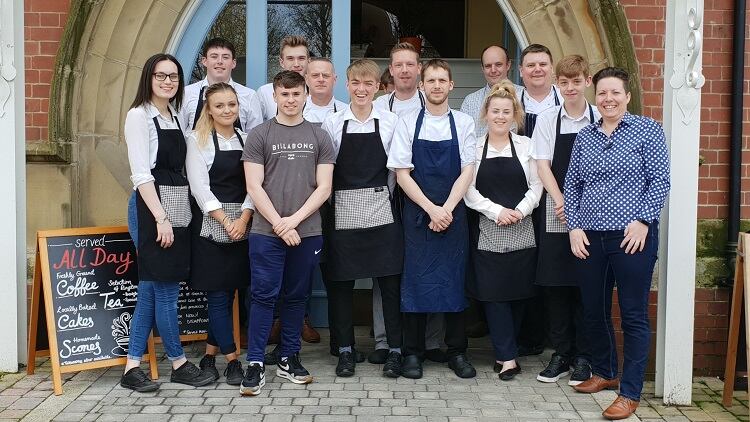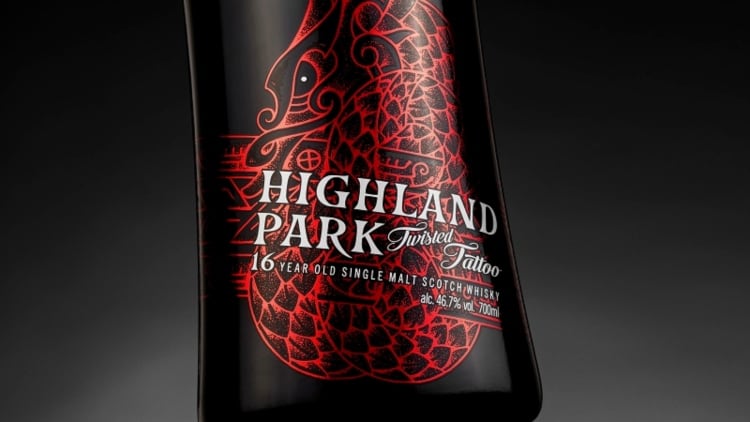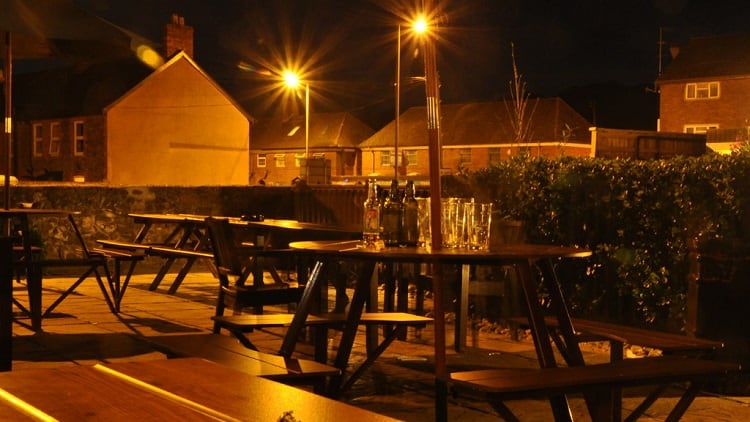When it comes to deciding how to dress staff, comfort levels, cost and style are priorities likely to spring to mind first. You may also want to think about whether sustainability is a priority for you and take that into consideration when looking at different suppliers.
For multi-site operators, a set uniform across sites can consolidate your pub brand in the eyes of customers, especially when it incorporates branded elements like logos.
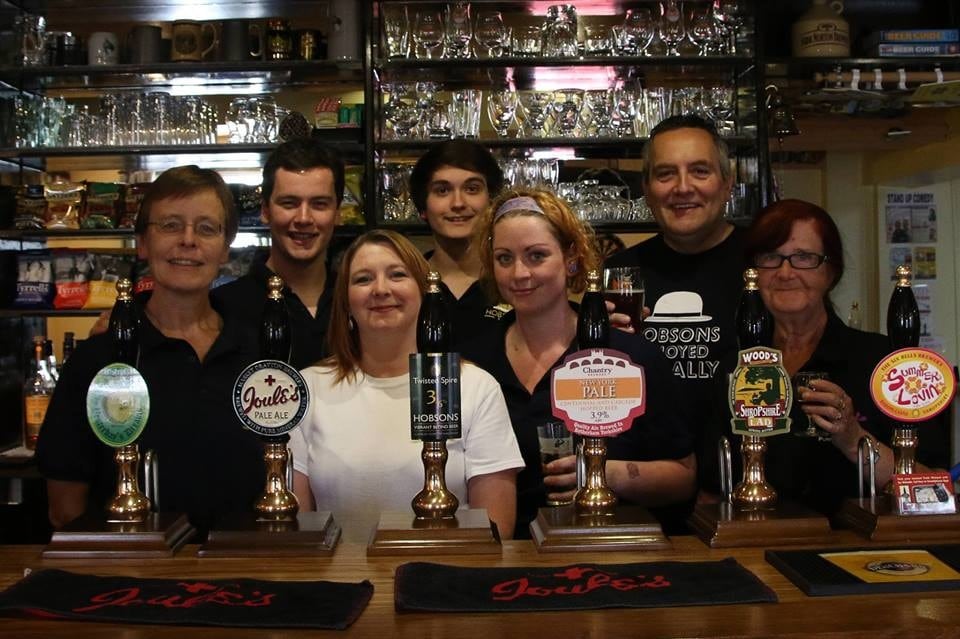
However, a less formal workwear code may prove to be the more affordable option. Operators say it depends on your pub’s selling point and atmosphere as well as what is practical.
Operator John Ellis explains he has opted to not have a staff uniform at the Crown Inn, Oakengates, in order to match the pub’s relaxed atmosphere.
Individual style works
Allowing staff members to show off their own style can sometimes work better than everyone kitted out in the same clothes.
Ellis says: “Our pubs are very individual freehouses, without any branding. Quirky is something we encourage, both in our staff and our customers.
“We encourage smart-casual but something that is practical and comfortable to wear while working behind a busy bar.”
He says that it is better for operations to not have hard and fast rules but more allow staff to adapt to what is going on at the pub on different days.
“On Friday and Saturday nights, some staff like to wear more ‘party-ish’ clothes, to go with the more upbeat feel of the evening,” Ellis explains.
“At one time, we all used to wear brewery or similar polo tops or T-shirts but suppliers have cut back on these over the years.”
Two principles are paramount for Ellis though. Outfits must be presentable and shoes should be sensible. “We don’t approve of tatty or dirty clothes, although it amazes me that some places still do,” he adds.
“Open-toed shoes risk cuts or bruising if anything (particularly glass) is dropped and high heels are just dangerous in a working environment where you are constantly on your feet,” he explains.
Welcoming atmosphere
Robin Freer, general manager of St Mary’s Inn near Morpeth, Northumberland, feels that comfortably dressed staff encourages a welcoming atmosphere for visitors.
He says: “We wear jeans to show that we’re not fussy, with an apron that holds just what we need – pen and pad. We wear white shirts to show that we are serious about our work. We are here to have a great time and serve you.
“We feel that our uniform reflects our brand – we are a relaxed pub; serving breakfast, lunch, afternoon tea, dinner and, of course, Sunday lunch.”
Co-ordinating singular elements of what staff wear with specific events or promotions can go a long way, say operators.
“If I am going to be on a customer facing day, I will normally wear a brewery shirt, trying to match it with one of the beers we have on sale that day,” explains Ellis.
Equally, the St Mary’s Inn has reflected its role as a destination pub by emphasising the region in staff workwear. “The tartan pockets on our aprons is Northumberland Tartan – chosen because we are proud to beNorthumbrians,” Freer says.
However, care should be taken with using workwear flexibility for pub staff as a cost-cutting exercise. For example, just because your pub operates a dress code of black trousers and white shirt, does not necessarily mean you donot have to provide these items.
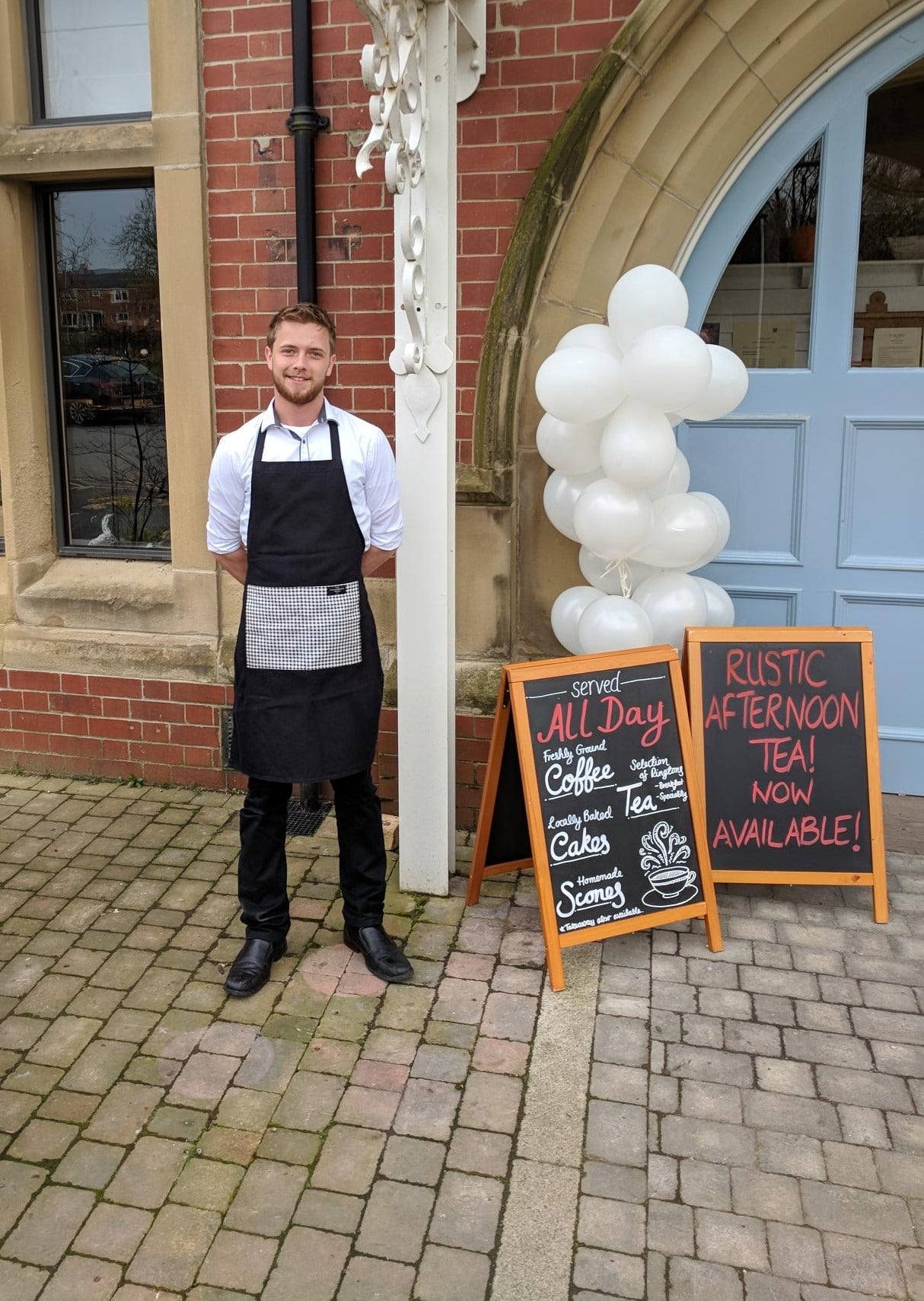
Naming and shaming
Many pub businesses have faced fines from HMRC after docking staff wages to cover uniform costs when this means their pay is brought under the national minimum wage.
A TUC spokesperson said shaving the minimum wage was all too common in the hospitality sector.
“Forcing minimum wage staff to pay for their own uniform cheats low-paid workers out of hard-earned pay,” says a TUC spokesperson.
“Bosses who do this deserve naming and shaming. Nobody should find themselves earning less than the minimum wage.”
Employers have a legal duty to issue staff with protective clothing if needed and cannot charge for uniforms if it would take pay below the minimum wage.
Dress codes can also fall under what is classed as a uniform so make sure staff are not charged or expected to fund their workwear independently if they are on minimum wage.
Style does not have to be sacrificed for the cause of comfort, operators say.
“Our uniforms are stylish – everyone loves their favourite pair of jeans,” explains Freer. “This, tied in with an apron, ensures that our staff can walk about during their shift knowing that they feel good – inside and out.
“We have two private dining spaces, a lounge and bar area, as well as a restaurant, so covering a lot of ground at the inn is inevitable.”
Seasonal changes
As businesses look to planning summer offers and promotions, many will be hoping for a return of the scorching temperatures of last year. However, it is also important to consider if any seasonal changes needed to be made to uniforms or dress codes updated.
“The hospitality industry, including restaurants, are moving from winter celebrations to spring and summer vacations. That means it’s time to find employee uniforms to match,” explains Bruce Bagley, the founder of Uniform Solutions, a US-based hospitality clothing supplier.
Lighter materials can help keep waiting staff professional looking in warm weather, the company says.
Ultimately, finding the ideal combination of comfort, style, and affordability will make your staff enjoy their role more.
“We want to make sure that our staff are entirely comfortable during their shift, no high heels or tight waistcoats,” Freer adds.
He concludes: “A happy waiter/waitress makes for a happy guest – and it begins with comfort.”

